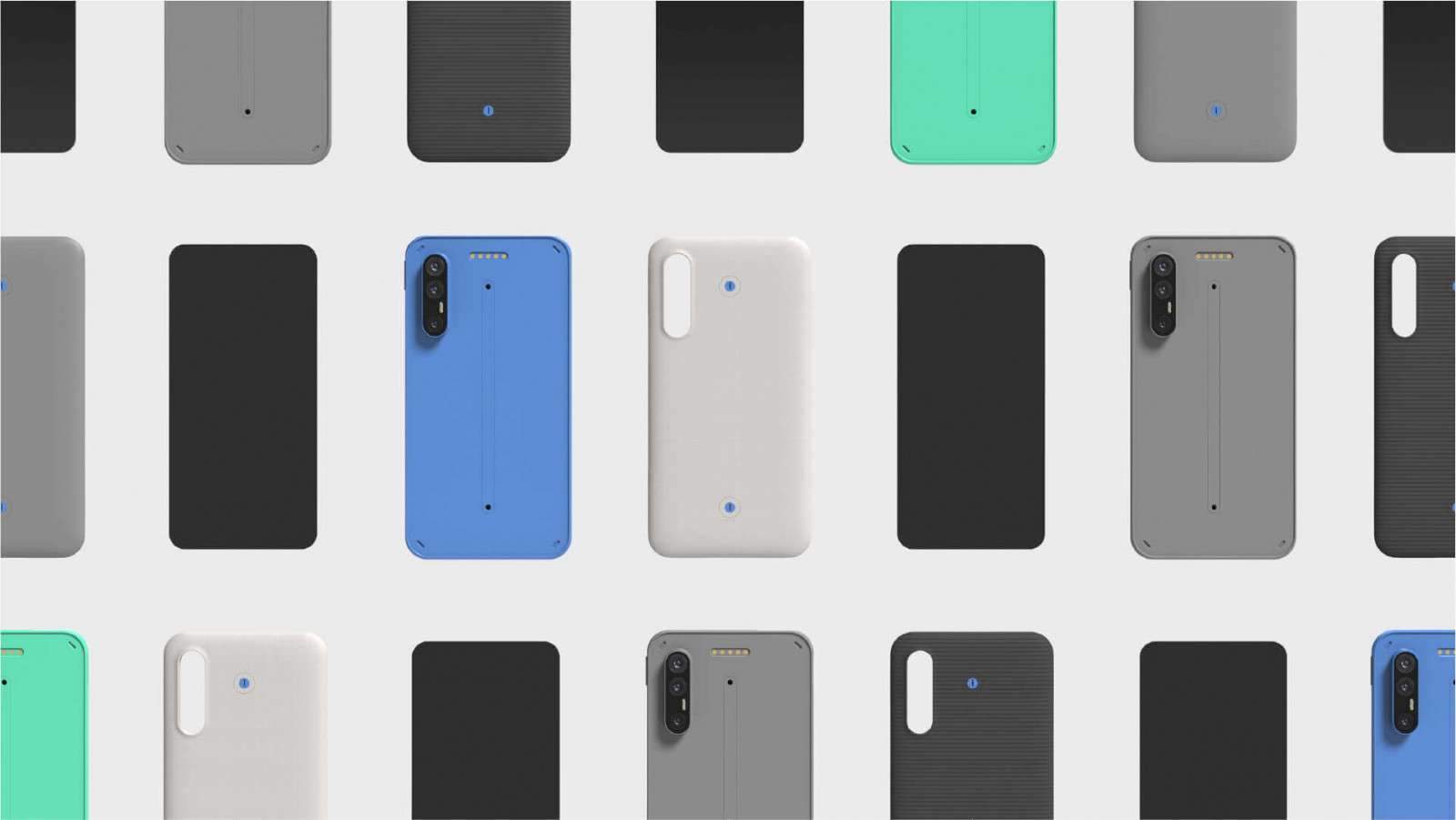Involving a three-section measured plan with upgradable components, Renew decides to supplant the inefficient update cycle we are completely used to.
Why Renew?
Isolating the screen and battery from the fundamental PC, Morrama’s Renew idea highlights different parts we can trade for new components. Eventually, the client never possesses the real telephone however the assistance that accompanies updating when essential.
The personalities behind Renew – Morrama
Established in 2015 by modern originator Jo Morrama, her namesake office is a London-based plan and advancement consultancy that works with new companies and different organizations as well as fosters its items.
The studio contains a center group of six planners with skills in plan thinking, modern plan, and planning for fabrication. With a specific spotlight on supportability, Morrama’s other imperative undertakings incorporate the Point aluminum razor-focused on twenty to thirty-year-olds who need to decrease their plastic waste and the WILD reusable antiperspirant idea, for which it as of late won the D&AD Pencil Grant.
Materials and Strategies – LCD, bioplastic, and a nanocarbon battery
Deterring clients from expecting to overhaul, Morrama has planned the Renew idea around a nanocarbon supercapacitor innovation. This is fundamentally a cutting-edge battery that is under development for telephones with the possibility to last quite a bit longer than lithium batteries.
For the screen, Morrama recommends LCD, a lesser quality presentation but one that brings down power utilization. Meanwhile, the material lodging the gadget and screen are from biodegradable corn starch bioplastic and other components utilizing recyclable aluminum.

Style and Feel – A slimline, adjusted shape, and a fly of shading
Repeating the style of other cell phones available, Renew highlights a recognizable shape that is both slimline and adjusted. A huge touch-screen makes up the majority of the forward-looking connection point. Meanwhile, the bak has normal components like a three-focal point camera in a straight configuration and an electric lamp front.
Directed by the equivalent ‘toning it down would be best’ rule that overarches the whole idea; Morrama has settled on a negligible plan. The thought is to change out styles and new shadings each time you restore your battery pack.
A solid connection point
Morrama has likewise planned a unique connection point that empowers supportable utilization of the gadget. The point of interaction tracks telephone clients’ actions to work out fossil fuel byproducts settling on it simpler to settle on better decisions with regards to applications, photos, and time.
Plan keepsake – The help model for measured telephones
Morrama’s Renew idea follows a comparable guide to gadgets that we have seen previously, most strikingly in Google’s Task Ara. More secluded in its plan, the smartphone project from 2016 had undeniably more components available for update/trade. However, the attachment idea kicked the bucket alongside its confounded equipment and maybe too soon presented it into the market.
Renew, then again, utilizes seclusion where it makes a difference, and with the assistance that seems OK as well. Three basic pieces support a feasible methodology that Renew envisions are under the supervision of the organization behind it.



 العربية
العربية
Pingback: Manned Cloud: reducing the impact of tourism
Pingback: The Garden: explore dreams and memory
Pingback: Arch Shelf: furniture for changing needs
Pingback: Architecture Anomaly: futuristic ways of inhabiting